Art & Tech
Did You Miss The Biggest Color Innovations of the Past Decade? Here Are Five Astounding New Hues That Never Existed Before
We’ve rated these advances using a sophisticated “rainbow emoji” system—because science!
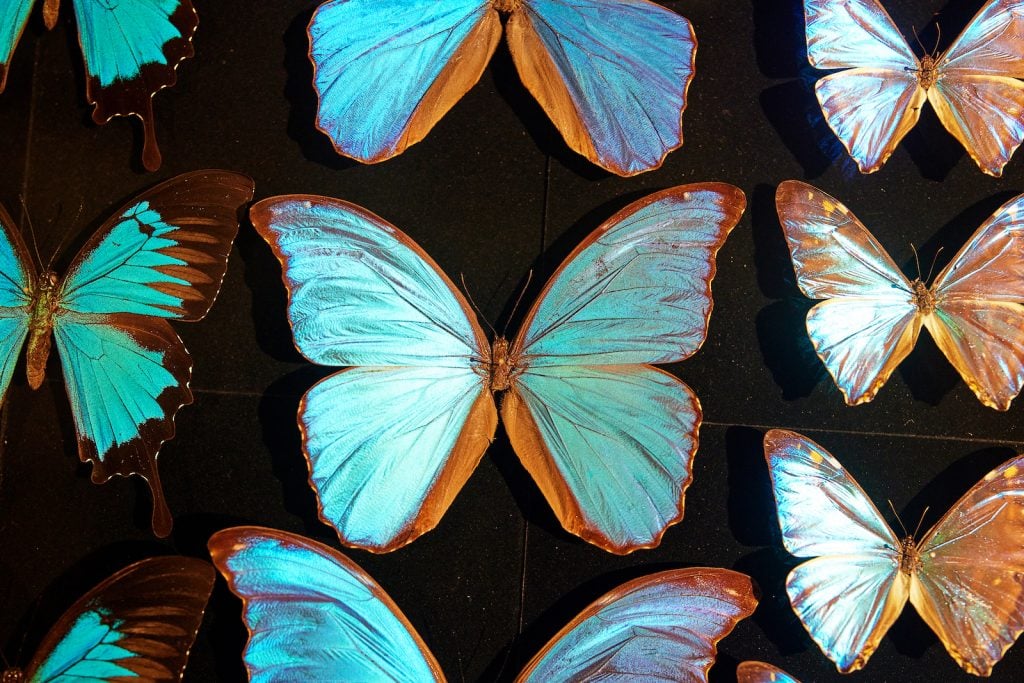
We’ve rated these advances using a sophisticated “rainbow emoji” system—because science!

Artnet News

Green with envy. Seeing red. Feeling blue. Colors have had symbolic and figurative meaning in poetry and art for all of human history. And color links art and the natural sciences, since various elements and natural materials, when ground down and suspended in an oil medium, create vividly colored paints.
You’ve read about some of the highest-profile color developments in recent years, like the 2014 introduction of Vantablack by U.K.-based Surrey NanoSystems. When Anish Kapoor secured the exclusive rights to the stuff, artists were enraged, and Stuart Semple even introduced his own “pinkest pink,” available to all artists except Kapoor.
The quest to create new colors and new uses for them goes on, apart from the splashy black hue. Here are four discoveries made in the new millennium.
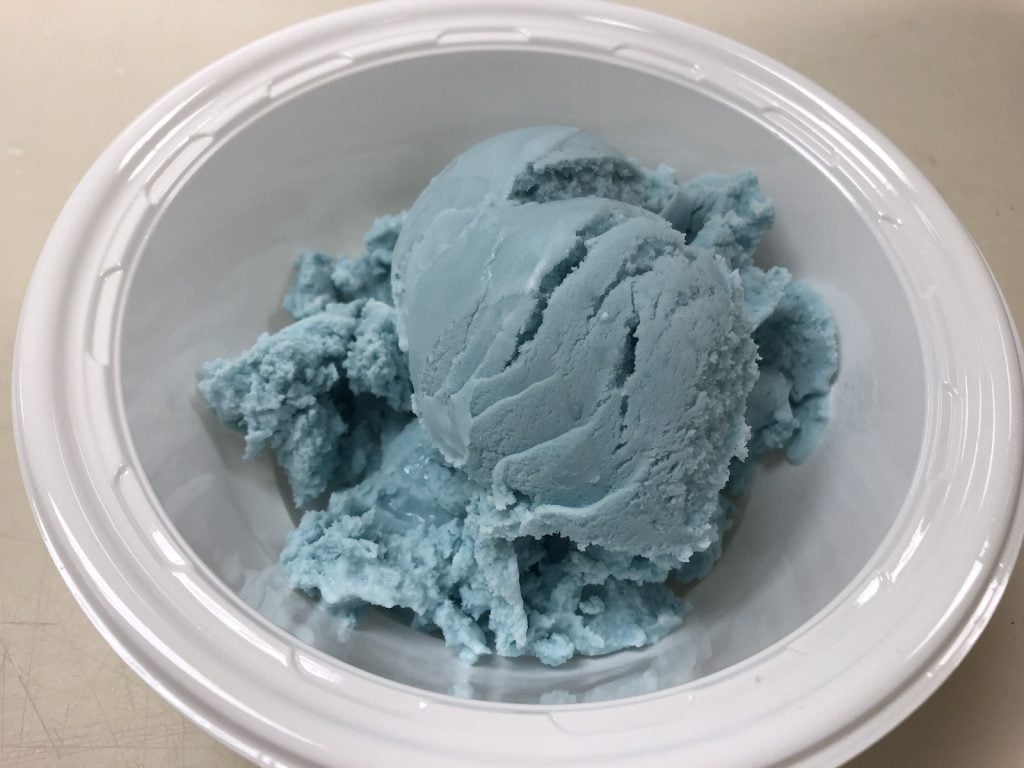
Courtesy of Rebecca Robbins, Mars Wrigley Global Innovation Center.
What: After a decade of research, a globe-spanning collaboration by confectioners Mars Wrigley and scientists at five universities have developed a new blue food colorant made from red cabbage, saying they’ve beat a number of research programs worldwide to the punch.
When: 2021
Where to find it: There aren’t that many blue food dyes, and the ones that exist are synthetic ones that many food makers hope to remove from their products. There’s more research to come, but scientific lead Pamela Denish tells Food Navigator they’re looking into applying it to baked goods, so maybe we’ll all soon be developing blue sourdough while we hide from Omicron!
Excitement score: Sure, we’re pleased that the folks behind Milky Way bars, M&Ms, and Skittles have come up with a new food dye, especially one that makes for more ecological processes. But there are more exciting color innovations. One rainbow out of five.
?
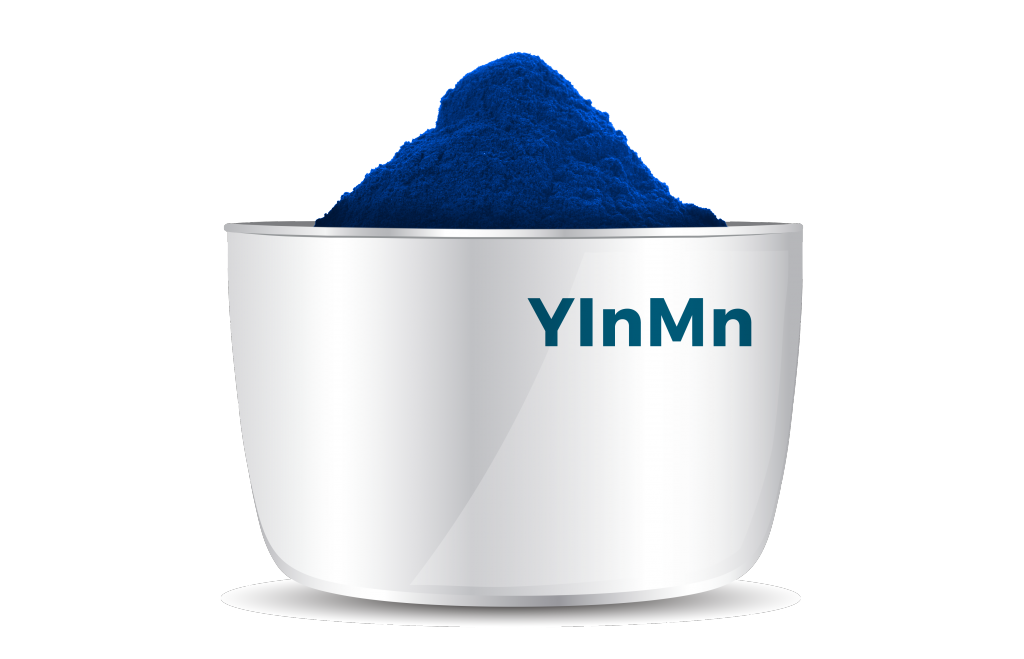
YInMn blue. Courtesy of Shepherd Color Company.
What: Named for the elements that compose it (yttrium, indium, and manganese), YInMn Blue—the first new blue in 200 years—was discovered by accident, when graduate student Andrew Smith was super-heating manganese oxide in search of high-efficiency electronic material. Because of his serendipitous background in pigments, he recognized that the resulting brilliant blue compound could create a more stable paint than existing products, and a nontoxic one to boot.
When: 2009
Where to find it: Commercially available for several years now, YInMn blue paint is in use by artists. It also reflects infrared radiation, meaning it’s in energy-saving use on building exteriors. There’s even a new Crayola crayon, Bluetiful. But you might not want to reach for your credit card just yet: it’s still crazy expensive.
Excitement score: We’re looking forward to seeing what this new pigment can do, but we’re feeling a bit (sorry) blue about the high price tag. For now, two out of five rainbows.
??
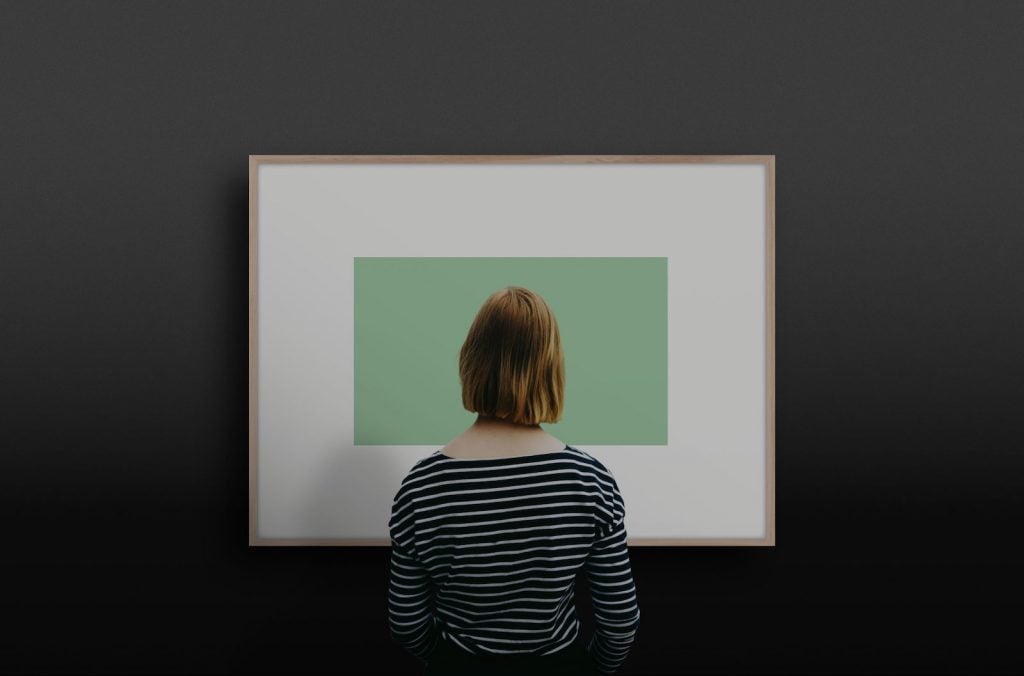
Sylvain Boyer’s “greenest green.” Courtesy of Boyer.
What: If you use the environmentally sound “dark mode” on your phone, you’ve had one of Sylvain Boyer’s inventions in your pocket for a while now. If he has his way, you’ll soon be using his “eco-green,” an ink that consumes less ink than other greens. This is good because green ink is toxic, he says. It’s in the spirit of Boyer’s other projects, which include redesigning logos for entities like Coca-Cola and the Olympic Games with fewer solid colors, hence less ink, hence massively less consumption.
When: 2020
Where: Download a color chart of 167 eco-friendly hues, which can easily be added to Adobe Illustrator and PhotoShop, here.
Excitement score: We hesitate to even expend the energy to create the pixels to show you all these rainbows, but this seems like an exciting chromatic innovation with big ecological potential, so we give it three rainbows out of five.
???
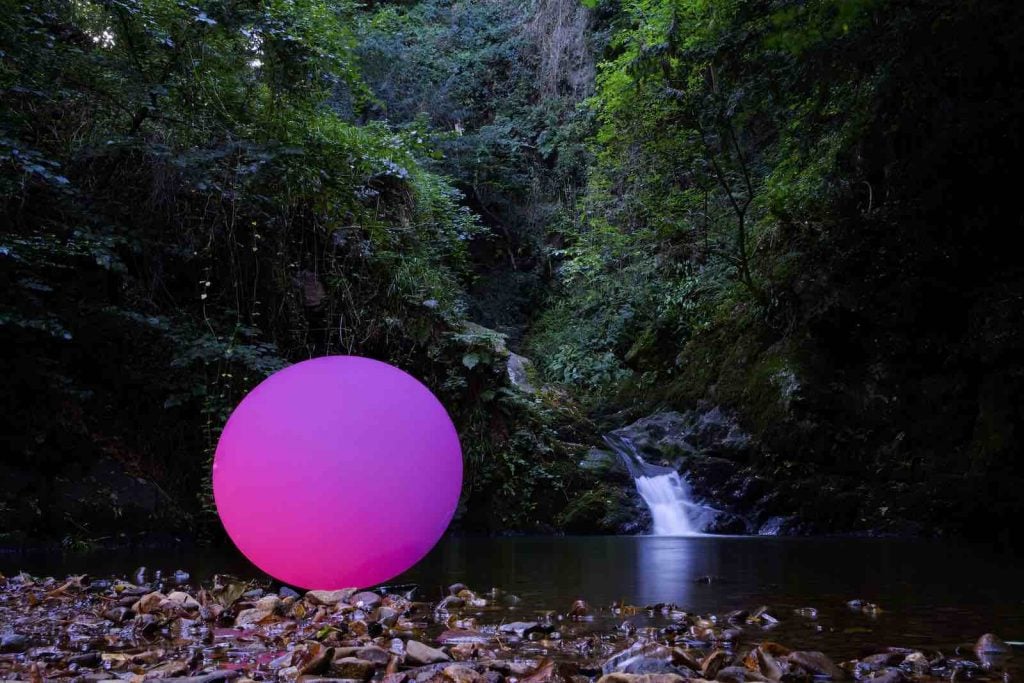
A disc painted with Pure Structural Color. Courtesy of Lifescaped.
What: Artist-scientist Andrew Parker spent more than a decade developing a range of the brightest hues on Earth by mimicking the colors of hummingbirds, birds of paradise, and iridescent plants, whose brilliance comes from their transparent materials.
When: 2017
Where to find it: Parker predicts that, among other uses, his invention could improve the efficiency of solar panels and replace pigments that are not currently sourced ethically or sustainably. In the meantime, his company, Lifescaped, has a design arm, Parker is creating abstract art with his innovations, and Nike is a licensee of Lifescaped’s color technology.
Excitement score: Colors that can be used in art and technology, that can dazzle the eye and help improve clean energy, and maybe liven up the colors on my Air Jordans? Amazing! Four out of five rainbows.
????
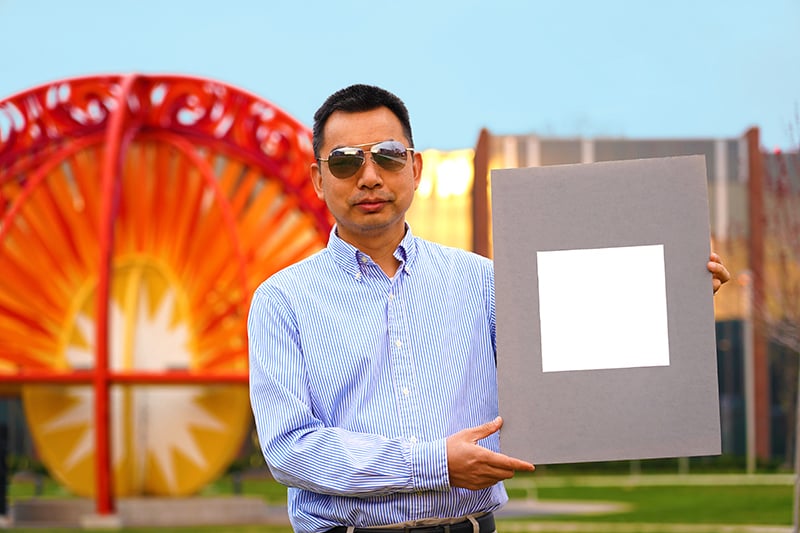
Xiulin Ruan, a Purdue University professor of mechanical engineering, holds up his lab’s sample of the whitest paint on record. Photo by Jared Pike, courtesy of Purdue University.
What: There’s an ultra-white paint that its inventors say is so powerful it could save the planet. Already in the Guinness Book of World Records (whose scribes dubbed it the yang to the yin of Vantablack), it reflects up to 98.1 percent of sunlight. Powered by a concentration of the chemical compound barium sulfate, it was created by a team led by Purdue University mechanical engineering professor Xiulin Ruan (with the support of the U.S. Air Force and the university’s Cooling Technologies Research Center), who studied various white objects to see which of their components made them reflective.
When: 2020
Where to find it: Researchers anticipate the as-yet-unnamed paint could be commercially available within a few years. Its creators say that painting your roof with it could give more cooling power than central air-conditioning, and that if we used it to cover just one percent of the Earth’s surface (lots and lots of rooftops!), we could reverse global warming. Yes: reverse global warming.
Excitement score: A color that could single-handedly save the planet? No contest. Five rainbows out of five.
?????